4 technologies that can radiation-harden future spacecraft electronics.
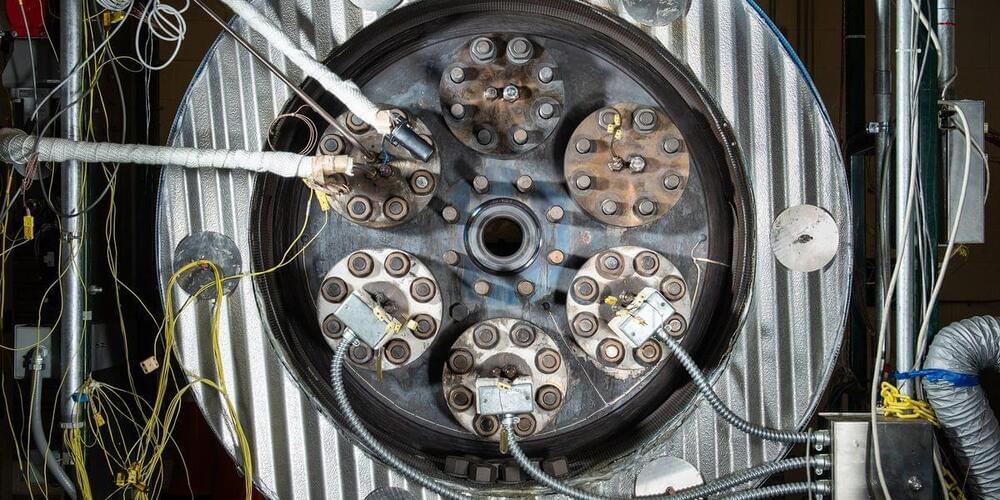

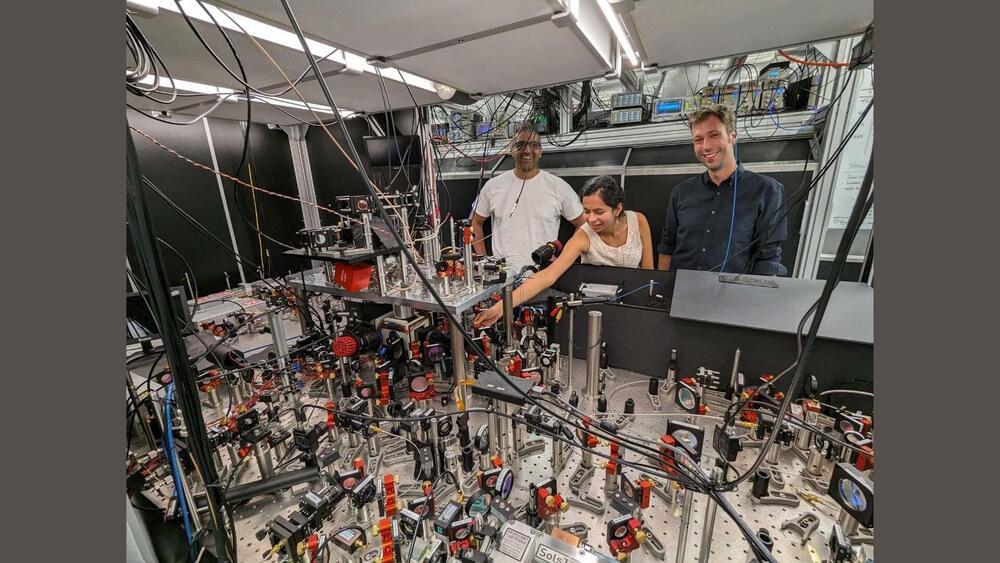

Programmable quantum computers have the potential to efficiently simulate increasingly complex molecular structures, electronic structures, chemical reactions, and quantum mechanical states in chemistry that classical computers cannot. As the molecule’s size and complexity increase, so do the computational resources required to model it.
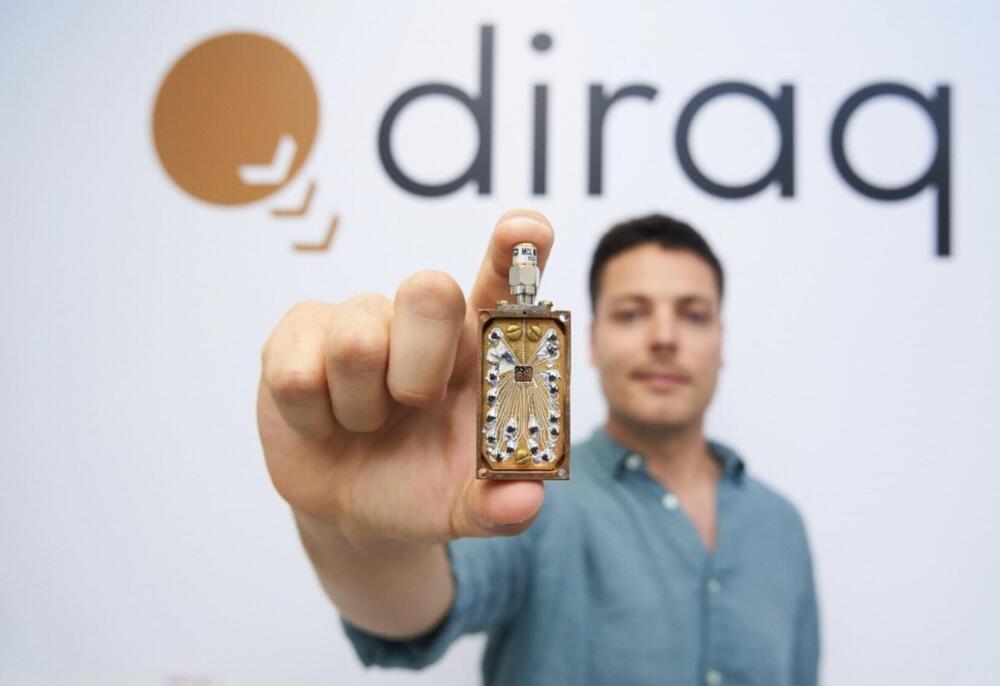
To achieve remarkable performances, quantum computing systems based on multiple qubits must attain high-fidelity entanglement between their underlying qubits. Past studies have shown that solid-state quantum platforms—quantum computing systems based on solid materials—are highly prone to errors, which can adversely impact the coherence between qubits and their overall performance.

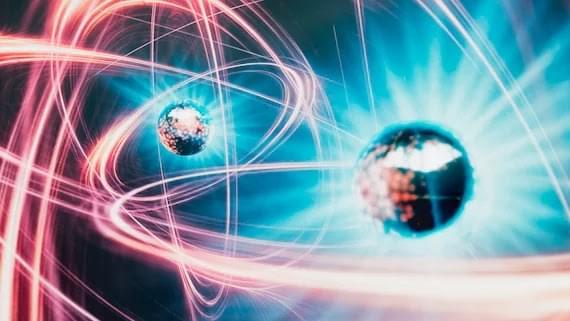
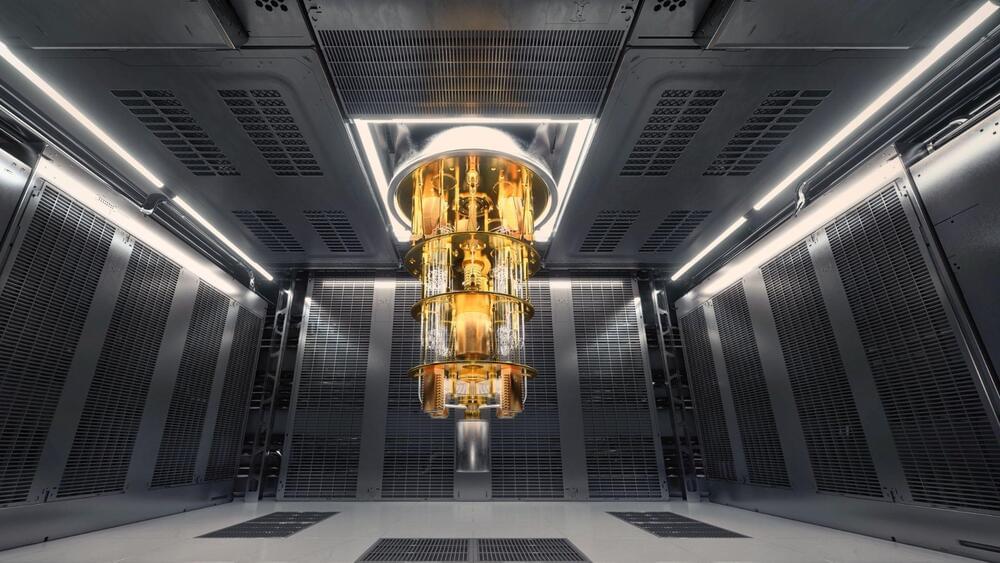

I’m pretty much a subscriber to the computational theory of mind (broadly speaking), which holds that the mind is information in the brain. If this theory of mind is accurate, then there should be no barrier to someday uploading a copy of our mind into a computer, providing we can find a way to record it.
This is, of course, a controversial notion. There are many people who swear that uploading will never be accomplished. They list a lot of reasons, from the fact that the mind is inextricably entangled with the workings of the body, to the impossibility of ever making a fully accurate representation of the brain, to religious beliefs about mind / body dualism (which you won’t see me address in this post).
Regarding the notions about the mind being tangled with the body, I suspect the people who express these sentiments are underestimating what our ability will eventually be to virtualize these kinds of mechanisms. Sure, our mental states are tied to things like hormones, blood sugar level, the state of our gut, and many other body parameters. But many of these parameters are driven by the brain. And I don’t really see any reason why we wouldn’t eventually be able to simulate its effects on a virtual brain.

Now in Quantum: by Antonio deMarti iOlius, Patricio Fuentes, Román Orús, Pedro M. Crespo, and Josu Etxezarreta Martinez https://doi.org/10.22331/q-2024-10-10-1498
Antonio deMarti iOlius1, Patricio Fuentes2, Román Orús3,4,5, Pedro M. Crespo1, and Josu Etxezarreta Martinez1
1Department of Basic Sciences, Tecnun — University of Navarra, 20,018 San Sebastian, Spain. 2 Photonic Inc., Vancouver, British Columbia, Canada. 3 Multiverse Computing, Pio Baroja 37, 20008 San Sebastián, Spain 4 Donostia International Physics Center, Paseo Manuel de Lardizabal 4, 20018 San Sebastián, Spain 5 IKERBASQUE, Basque Foundation for Science, Plaza Euskadi 5, 48009 Bilbao, Spain.
Get full text pdfRead on arXiv VanityComment on Fermat’s library.
